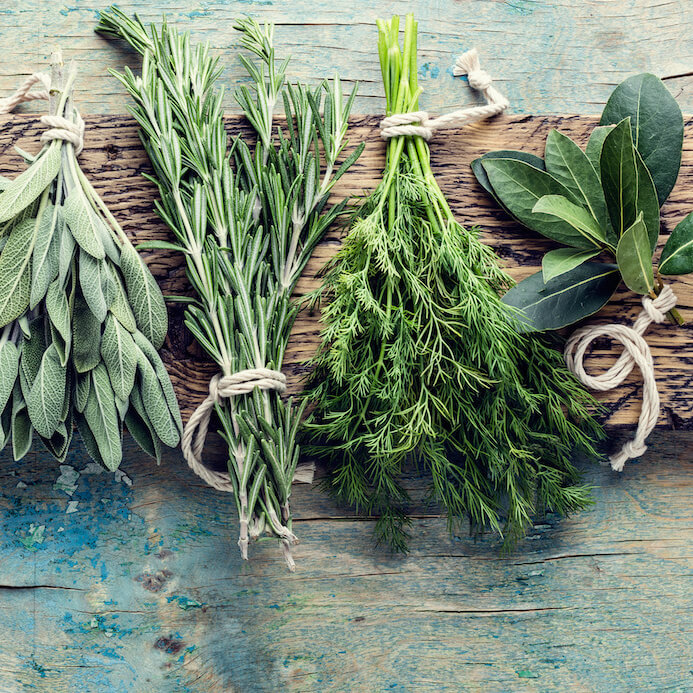Living Maxwell
Archive
Report: Environmental Working Group busts the Myth that U.S. Industrial Agriculture Will End World Hunger
One of the myths that GMO apologists constantly promote is that genetically-modified food produced in the U.S. is required to “feed the world” and anyone who fights against GMOs, according to Purdue University president Mitch Daniels, is “callous, heartless and cruel”.
With the United Nations estimating that the global population will reach 9 billion by 2050, Monsanto et al has positioned GMOs as a “moral imperative” to stave off global hunger. After all, people in developing countries can in no way feed themselves, they would like us to believe. American agriculture is the only solution.
Those of us in the organic industry know that this propaganda is utter nonsense.
The United Nations’ International Assessment of Agricultural Knowledge, Science and Technology for Development (IAASTD) found that agroecology — the science behind sustainable agriculture — provides some of the most robust set of solutions to the environmental pressures currently facing agriculture. Additionally, IAASTD said that “reliance on resource-extractive industrial agriculture is risky and unsustainable, particularly in the face of worsening climate, energy, and water crises.”
Even Jose Graziano da Silva, director-general of the U.N.’s Food and Agriculture Organization, argues that the current conditions of “modern” agriculture are “no longer acceptable”.
A brand new report by the Environmental Working Group breaks down where U.S. agriculture is being consumed around the world and shatters the myth even further that GMOs crops from the U.S. will end world hunger.
Here are a few highlights from the report:
- 86 percent of the value of U.S. agricultural exports last year went to 20 destinations with low numbers of hungry citizens and human development scores that are medium, high or very high, according to the U.N. Development Program.
- Only half of one percent of U.S. agricultural exports, calculated according to their value, went to a group of 19 countries that includes Haiti, Yemen and Ethiopia. These are nations with high or very high levels of undernourishment, measured by the U.N. Food and Agriculture Organization.
- Even the hungriest countries produce most of their own food. Overall, in 2013, American farmers contributed only 2.3 percent of the food supply for the 19 most undernourished countries through food exports and aid.
- Poverty is the main reason people go hungry. Nearly all the agricultural products the U.S. exports go to countries that can afford to eat more meat and diversify their diets. As a result, 86 percent of all our exports in 2015 went to countries such as China, Canada, Mexico, Japan and the European Union – where most people don’t go hungry.
The bottom line is this: Aside from the fact that U.S. industrial agriculture is an environmental disaster, the food that we produce here and export to other nations is going mostly to wealthy countries that can afford to pay.
If we truly want to curb world hunger in an environmentally responsible manner, we must promote agroecological practices around the globe that are pragmatic, knowledge-intensive, low cost and readily adaptable by small- and medium-scale producers.
This policy will never be the one promoted by major seed and chemical companies, because it doesn’t put billions of dollars in their pockets, but it is the solution advocated by the IAASTD, an assessment conducted over the course of three years by more than 400 development experts and scientists from 80 countries.
To read the Environmental Working Group’s excellent and eye-opening report, click HERE.
